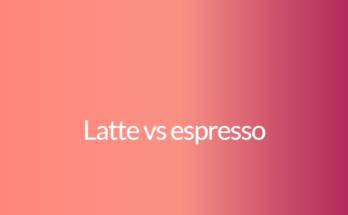Introduction:
When it comes to income tax provisions in India, there are several sections that provide deductions and exemptions to individuals. Two such sections are 80E and 80EE. Although they might seem similar, there are significant differences between the two. In this article, we will explore the differences between 80E and 80EE, and understand their respective benefits and eligibility criteria.
Difference between 80E and 80EE:
The main difference between 80E and 80EE lies in the specific deductions they provide and the purpose for which they can be claimed. Let’s delve deeper into each section:
Section 80E: This section allows individuals to claim deductions on the interest paid on an education loan for higher studies. Here are the key features of 80E:
1. Eligibility: Both individuals and HUFs (Hindu Undivided Families) can claim deductions under this section.
2. Purpose: This deduction can be claimed for loans taken for higher education for self, spouse, children, or a student for whom the individual is a legal guardian.
3. Deduction Limit: There is no maximum limit on the deduction amount. Individuals can claim the total interest paid on the education loan as a deduction from their taxable income.
4. Tenure: This deduction can be claimed for a maximum of 8 consecutive years starting from the year in which the individual starts repaying the loan or until the interest is fully paid, whichever is earlier.
Section 80EE: On the other hand, section 80EE provides deductions on home loan interest for first-time homebuyers. Let’s understand its main features:
1. Eligibility: Only individuals are eligible to claim deductions under this section. HUFs are not eligible.
2. Purpose: This deduction is specifically for those who have taken a loan to purchase their first residential property.
3. Deduction Limit: The maximum deduction allowed under this section is Rs. 50,000 per financial year. However, it is subject to certain conditions, such as the loan amount, property value, etc.
4. Loan Criteria: The home loan should be sanctioned by a financial institution between specific dates, as mentioned in the section.
5. Property Value: The stamp duty value of the residential property should not exceed Rs. 50 lakhs, and the loan amount should not exceed Rs. 35 lakhs.
Conclusion:
In conclusion, while both 80E and 80EE provide deductions on interest payments, they serve different purposes and have different eligibility criteria. Section 80E is beneficial for those who have taken education loans for higher studies, while section 80EE is useful for first-time homebuyers who have taken a loan for their residential property. It is important to understand the specific provisions and conditions of each section to avail the deductions correctly.
Here is a table summarizing the differences between 80E and 80EE:
| Section | 80E | 80EE |
|---|---|---|
| Eligibility | Individuals and HUFs | Individuals only |
| Purpose | Education loan interest | Home loan interest for first-time homebuyers |
| Deduction Limit | No maximum limit | Up to Rs. 50,000 per financial year |
| Tenure | Maximum of 8 consecutive years | N/A |
| Loan Criteria | N/A | Loan amount and property value restrictions |
Understanding the differences between these income tax sections will help individuals make informed decisions while claiming deductions and exemptions. It is advisable to consult a tax professional or refer to the official income tax regulations for detailed information.



